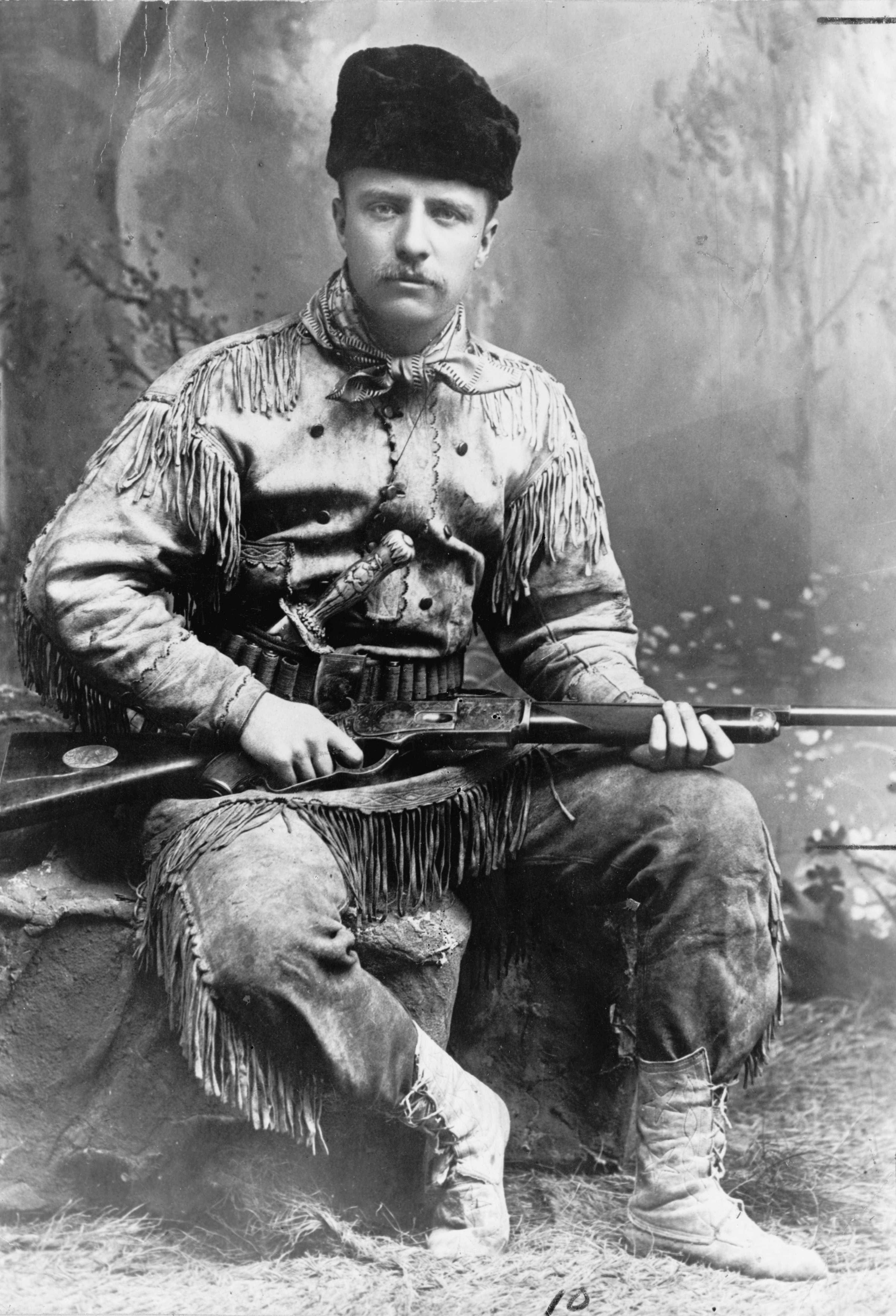Teddy Roosevelt's method for overcoming grief and depression holds up more than 100 years later
"Black care rarely sits behind a rider whose pace is fast enough."
Theodore Roosevelt overcame many tragedies and offered helpful life advice for grief and depression.
Theodore Roosevelt lived a life of lore. The 26th President's reputation for being tough and adventurous was well-earned.
Born in 1858, his life was not easy from the start. He struggled with health problems and severe asthma, but was pushed by his father to exercise and develop physical strength. After attending Harvard University, he married Alice Hathaway Lee in 1880 and his political career began. But soon, personal tragedies would destroy his world.
Michelle Krawl, a historian in the Manuscript Division at the Library of Congress, explained two major tragedies that led to Roosevelt battling depression and embarking on a painful grief journey.

"On Feb. 14, 1884, Theodore Roosevelt marked an X in his pocket diary, followed by the words, 'The light has gone out of my life.' That morning his mother, Martha Roosevelt, died of typhoid fever," she explained.
She continued, "That same afternoon, in the same house, his wife, Alice Hathaway Lee Roosevelt, died of kidney disease, just two days after giving birth to their daughter. On another page, Roosevelt recalled his relationship with Alice, concluding, 'For joy or for sorrow my life has now been lived out.' He was 25 years old."
Roosevelt was overwhelmed with sadness. His solution: to keep moving. Rather than sit in his depression, he chose to go out west and work as a cattle rancher in the badlands of the Dakota Territory. It led to one of Roosevelt's most famous quotes about his philosophy on pushing through depression and mental anguish.
"Black care rarely sits behind a rider whose pace is fast enough," Roosevelt wrote in his book Ranch Life and the Hunting Trail. [Roosevelt wrote over 30 books during his life, including a trilogy from his time out west: Hunting Trips of a Ranchman (1885), Ranch Life and the Hunting Trail (1888), and The Wilderness Hunter (1893).]

Duane Jundt, a historian and Theodore Roosevelt expert, explained the meaning of the quote in an interview with SDPB Radio:
"When we think about Roosevelt, we think about the strenuous life and bully and doing this and then doing that. Well, part of that was a response to this tragedy that if he could just keep moving and keep doing things, maybe this depression wouldn't overcome him. And he went out to Dakota. He had been there in the fall of 1883, but this is where he went to heal and in that landscape and that place that basically we think about it being Theodore Roosevelt National Park today. That's where he had time to be alone, had time to recover, had time to just nurse this incredible tragedy that he had endured."
Lillie Cunningham, host of the Presidential Podcast for The Washington Post, shared: "He set out for the badlands in the Dakota territory, and he became a cowboy. And what he meant by those words was: Darkness can't catch you if you just keep moving. And so, he never stopped moving, ever again."
And documentary filmmaker Ken Burns told AARP, "He's saying you can outrun your demons. He and Eleanor had that all of their lives. They had to keep going."
Roosevelt himself also credited his time healing there for his future political success.
"Had it not been for the years spent in North Dakota and what I learned there," he told a crowd during a speech in Fargo, North Dakota, "I would not have been President of the United States."
